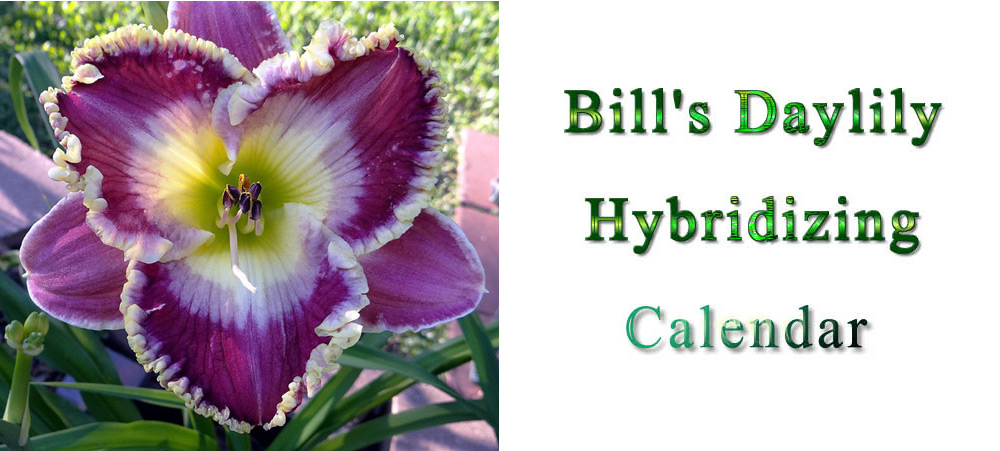It will soon be time to transplant the new seedlings so the old bed needs to be cleaned out and prepared for the new crop. This can actually be done any time after the selected seedlings have been removed but I'm usually too busy in the fall so I wait until spring.
I'm told that it's optimum to have seedling beds in 3-year cycles - the first year they are growing to blooming size, the second year is their first year to bloom. After removing any selected seedlings the bed is allowed to grow and bloom one more year. This is supposed to produce a few more seedlings that didn't bloom well the first year. After removing those additional selections, the remainder are dug and discarded.
With limited space available, I have had to work on only a 2-year cycle and skip the 3rd year. With good care, most seedlings bloom the first year and I don't believe I've discarded too many good seedlings doing this.
For the first few years I hybridized, discarding the unselected seedlings was a difficult time for me. After all, I had invested a lot of time and effort to raise the seedlings but if I wanted to plant a new crop I had to let the remaining unselected seedlings go. After some years a lady from a nearby neighborhood happend by as I was finishing digging out a bed. When she found out I was going to throw away the plants she excitedly stuffed them in her car and drove away. That made it easier on me because someone was going to actually get some enjoyment out of them.
Over the years I have had co-workers, neighbors, and friends continue to take them so I haven't had to throw anything away. I'm even giving my yard guy some each year. He showed me pictures of them growing around his house. Imagine that - a yard guy who gardens as a hobby! I've even been told that some of my seedlings are growing as far away as Arkansas. That makes me happy!

